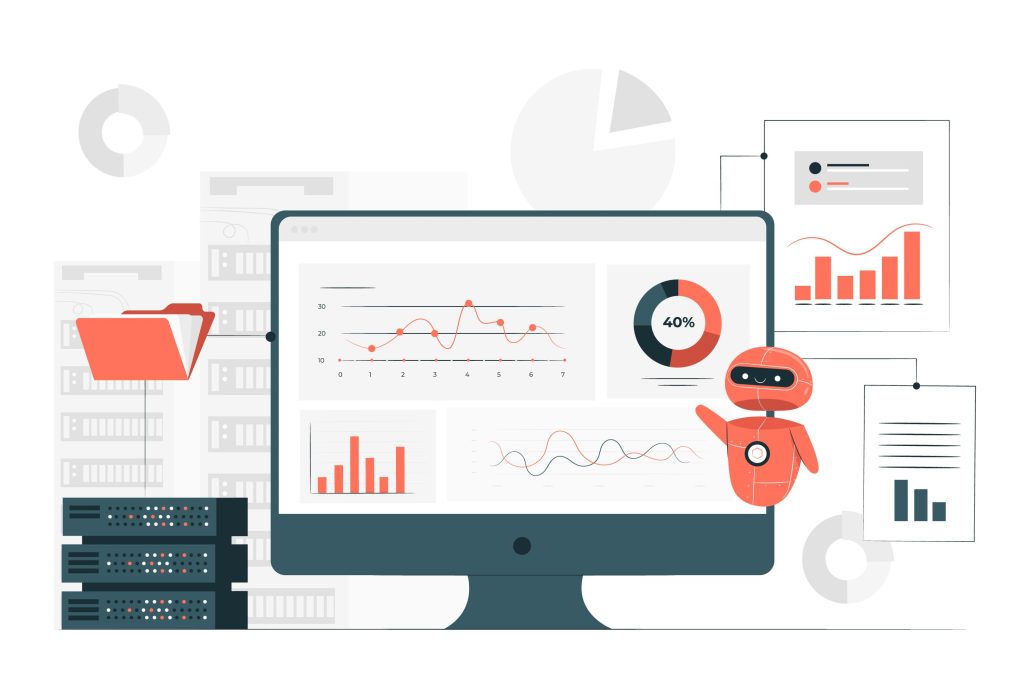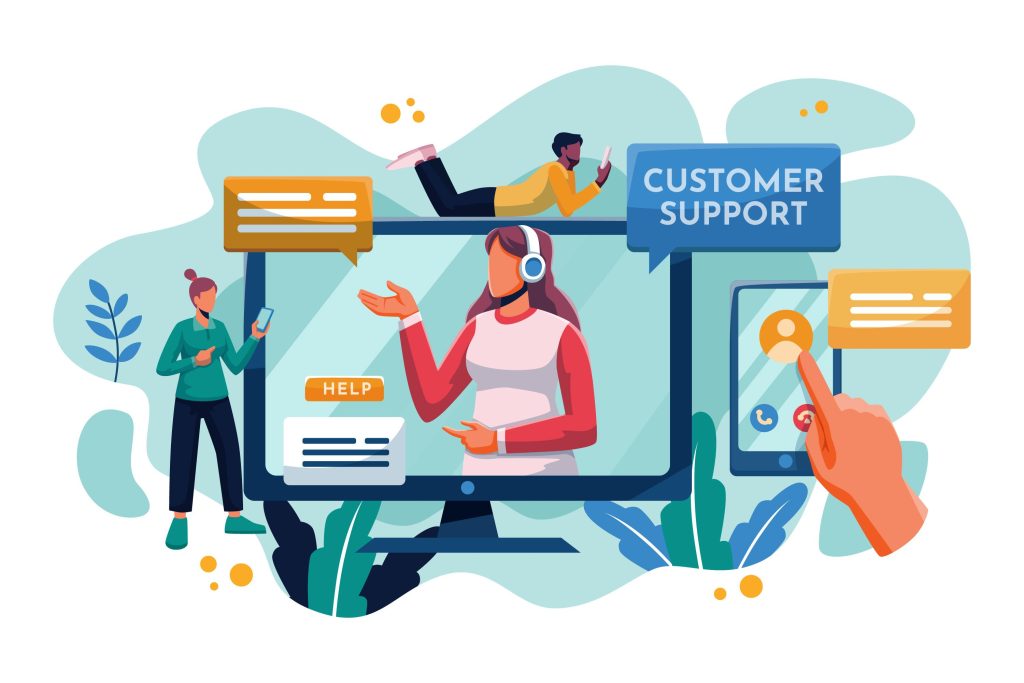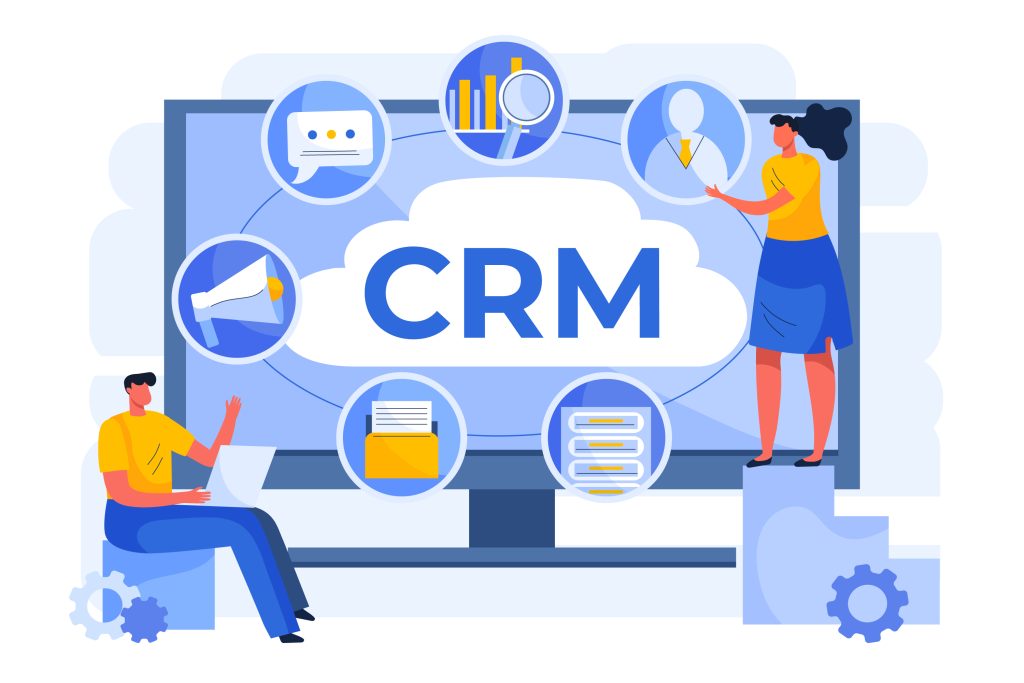AI Sales Automation for UK B2B SMBs: A Step-by-Step Guide to Scale Revenue Without Adding Headcount
Your team is juggling leads, LinkedIn messages, referrals, and a CRM that quietly hoards stale records. You don’t need more people — you need a smarter system. That’s where AI sales automation comes in. Think of it like a digital sales assistant that never forgets a follow-up, writes relevant messages, and nudges reps when it’s time to call.
At 3Balconies, we build practical automation that helps UK B2B SMBs generate pipeline and close faster — without turning your outreach into robotic spam. Here’s a step-by-step playbook to design AI-assisted sales sequences that scale revenue, safely and predictably.
Why AI sales automation now? The window is open for UK B2B teams
Three signals stand out. First, the economics have shifted. Foundation model costs have plummeted (for example, lightweight models such as GPT-4o mini are priced in cents per million tokens), which makes experimentation affordable and ROI timelines shorter.
Second, results are real — and measurable. McKinsey estimates generative AI can lift sales productivity by 3–5% and marketing productivity by 5–15%, with additional upside from better lead identification and follow-up. Meanwhile, Salesforce’s latest SMB research reports that 91% of SMBs already using AI say it boosts revenue, and nearly 80% call it a game changer. Translation: the competitive gap is widening in months, not years.
Third, deliverability and compliance now reward good actors. Gmail and Yahoo began enforcing stricter sender rules in 2024: authenticate with SPF, DKIM, and DMARC, keep complaint rates low, and include a one‑click unsubscribe in marketing emails. In the UK, B2B outreach to corporate subscribers is permitted under PECR without prior consent — provided you identify yourself and offer a simple opt-out. The takeaway: if you build thoughtful, permission-respecting sequences, your messages will land — and stick.
Step 1: Nail your ICP, segments, and triggers
Automation amplifies clarity. Start by tightening your Ideal Customer Profile (ICP): firmographics (industry, size, region), technographics (stack signals), and intent cues (hiring, new funding, website behavior). From there, create 3–6 actionable segments (e.g., “UK SaaS, 50–200 staff, using HubSpot, hiring SDRs”).
Next, define entry triggers that move prospects into sequences: content downloads, webinar attendance, pricing page visits, LinkedIn engagement, technographic changes, or inbound replies. A clean CRM is non‑negotiable. Standardise fields, dedupe aggressively, and define ownership rules. The best AI in the world can’t rescue messy data.
Step 2: Map a compliant, multi‑channel sequence
Single-channel outreach is a coin flip. Build a balanced mix across email, LinkedIn, and phone — plus occasional value drops (case studies, industry insights, short videos). A proven pattern over 2–4 weeks might include 8–12 touches: 4–6 emails, 2–3 LinkedIn engagements, and 2–3 calls.
Keep deliverability front and centre. Warm up sending domains, authenticate with SPF/DKIM/DMARC, cap daily volumes for new mailboxes, and include one‑click unsubscribe on marketing emails. Monitor bounce and complaint rates, and maintain segment-level suppression lists for disqualified accounts and opt-outs. For UK B2B, ensure corporate subscribers can easily opt out, and store these preferences centrally so no channel “forgets.”
Pro tip from the trenches: build a “low-friction give” into your early touch — an industry-specific diagnostic, benchmark, or one-page playbook. It earns attention before you ask for time.
Step 3: Use AI to draft messages that don’t sound like a robot
AI shouldn’t write like a template. It should help your rep sound like the best version of themselves. Start with a short library of battle‑tested frameworks: cold openers, interest recaps, objection replies, breakup notes, and meeting follow-ups. Then let AI personalize each message to the account and contact.
Practical guardrails: limit personalization to 2–3 high-signal variables (role, priority, tech stack, trigger) and keep emails under 120 words. Avoid over‑cooked “I read your blog…” fluff; instead, anchor on value: a quantified outcome, a relevant proof point, and a clear next step. A/B test subject lines and call‑to‑action phrasing weekly; retire underperformers fast.
Tools can help. Platforms like HubSpot and Outreach offer AI-assisted sequencing, predictive deal scoring, and call summarisation. Use them to prioritise the right accounts and shorten the distance between signal and action.
Step 4: Orchestrate in your stack (HubSpot, Outreach, CRM) with smart routing
The magic is in orchestration — not just message generation. Connect your CRM to your sequencing tool, ensure bi‑directional sync, and define routing rules: who owns which accounts, when leads recycle, and how disqualification happens. Create separate tracks for inbound vs. outbound, new vs. expansion, and high vs. low intent.
Layer automation thoughtfully: task creation for calls, automatic LinkedIn prompts, meeting booking links with round‑robin logic, and disposition tracking. If you use HubSpot, lean into smarter sequences and predictive scoring to focus rep time. If you use Outreach, take advantage of AI-powered call summaries and prioritisation views to keep your team centred on high-likelihood opportunities.
Governance matters. Document your opt-out logic, suppression lists, and handover steps from SDR to AE. That’s how you scale sequences across a growing team without chaos.
Step 5: Measure what moves revenue (not just opens)
Dashboards that brag about open rates are cute; dashboards that show meetings booked and pipeline created are useful. Track: reply rate (positive and neutral), meetings booked, pipeline per 100 contacts, cost per meeting, and conversion to opportunity. Also monitor spam complaints, bounce rates, and domain reputation to catch deliverability issues early.
Adopt a weekly rhythm: review cohort performance by segment, retire losing variants, promote winners, and test one new variable at a time (subject line, value prop, CTA). Keep your content library alive by feeding it with call summaries and win‑loss notes. That’s how AI gets sharper — and your team does too.
Where 3Balconies fits: fast, practical wins without extra headcount
We build end‑to‑end AI sales automation for UK B2B SMBs — from ICP definition and data enrichment to compliant sequencing and CRM orchestration. Recent client outcomes include: a 52% uplift in lead-to-qualified conversion within three months via better scoring and automated follow-ups; and a 30% reduction in manual SDR tasks by auto‑drafting replies, summarising calls, and triggering next best actions.
Our typical engagement: a discovery sprint to map your segments and triggers; a pilot sequence across one channel; a multi‑channel rollout with governance; and ongoing optimisation. It’s not magic. It’s just the right automation in the right place — designed for your sales reality.
Common pitfalls to avoid (so you don’t burn your domain or your market)
Spray‑and‑pray lists. Bad data creates bad sequences. Clean, enrich, and dedupe first.
Compliance afterthoughts. Bake in one‑click unsubscribe, visible sender info, and PECR‑aware logic from day one.
Over‑personalisation theatre. Three lines of flattery won’t beat one line of value. Keep it relevant, not creepy.
Ignoring calls. Email plus voice wins more often than email alone — especially for mid‑market deals.
Set‑and‑forget. Sequences decay. Refresh messaging monthly with new proof points and learnings.
Your next 14-day plan
Days 1–2: Tighten ICP. Choose 3 priority segments and define entry triggers.
Days 3–5: Draft a 10‑touch, 3‑channel sequence with opt‑out and authentication best practices.
Days 6–8: Build 5 message frameworks and let AI personalise with 2–3 variables. Prepare 2 value‑add assets.
Days 9–10: Connect CRM and orchestration tool. Set routing, suppression, and reporting.
Days 11–14: Launch to a small cohort. Measure replies, meetings, and domain health. Iterate weekly.
Conclusion: Automate the grunt work, elevate the selling
AI won’t replace your best sellers. It’ll free them from admin and “just checking in” messages so they can do what you hired them to do: sell. With lower model costs, stronger tools, and clearer compliance rules, now’s the time to build sequences that scale.
Want a done‑with‑you rollout tailored to your stack and market? Contact 3Balconies to design, launch, and optimise AI-assisted sales sequences that create pipeline — without adding headcount.




